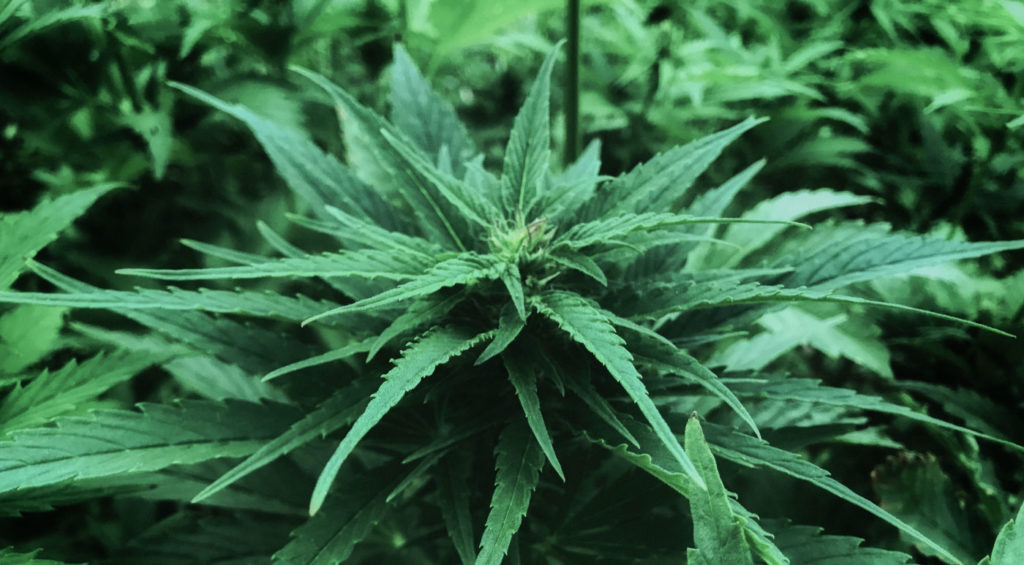
Just hearing the word “cancer” can be alarming—and receiving a diagnosis even more so. While skin cancer is more easily spotted and treatable than other types of cancer, it’s still just as frightening when one is diagnosed with it. After all, our skin is our first impression to the world.
Skin cancer is the most common cancer in the U.S., and is a broad term describing an abnormal growth of cells that has the ability to spread. The areas of the body most commonly affected are those that are exposed to the sun, but skin cancer can develop anywhere on the body.
How do most people get skin cancer? Sun exposure—more specifically, exposure to UVB radiation. This type of radiation comes from not only the sun but also sunlamps and tanning booths. Avoiding exposure to UVB radiation and using sunscreen when you are outdoors may help prevent some skin cancers from forming.
Most skin cancers—with the exception of melanomas—do not spread very quickly, if at all, and many can be successfully treated with surgical procedure called excision.
Table of Contents
Types of Skin Cancer

There are different types of skin cancer. These include:
- Non-Melanoma Skin Cancer
- Basal cell carcinoma: Basal cells produce new skin cells, and basal cell carcinomas usually occur on sun-exposed skin and may look like a shiny almost translucent or pearly bump on the skin. But they can also be dark brown, black, or a dark bluish color. Sometimes they are a reddish scaly patch of skin. These types of cancers tend not to spread.
- Squamous cell carcinoma: Squamous cells make up the middle and outer layers of skin. This type of cancer also appears on skin exposed to sunlight, and it can manifest in different appearances on different parts of your body. This type of cancer can be aggressive, but it also isn’t prone to spreading. Squamous cell carcinoma can look like a nodule (often red), a crusty area on the skin, or a reddened area in the mouth, the anus, and around the genital area.
- Rarer types include angiosarcomas, cutaneous lymphomas, and others
- Melanoma Skin Cancer
- Melanoma is the most dangerous form of skin cancer. It develops in the pigment cells of the skin—the cells that produce melanin.
- Melanoma can also metastasize, or spread, to other areas of the body. It is metastasis that makes this cancer—and all types of cancers—so dangerous.
- Actinic keratoses is a pre-cancerous type of skin growth. These can develop into cancer over the course of years.
One of the obstacles in catching skin cancer early is that normal skin blemishes, such as moles, are often overlooked for long periods of time as being nothing to worry about. To help distinguish everyday moles from possible melanomas, use the mnemonic “ABCDE.”
- Asymmetric in shape
- Borders are irregular
- Changes in color
- Diameter over ~¼ inch (6 mm)
- Evolving changes—changes that can include shape, color, size or if a mole begins to bleed or itch
CBD and Skin Cancer

Any cell can be transformed into a cancer cell—and there are many, many ways this can happen depending on the specific cell. This is just one of the reasons there may never be a single “cure” for cancer in general; cancer represents well over 100 different types. Each type of cancer may have different mechanisms contributing to its transformation and each may have different points at which it can be treated.
Underlying all cancers is the regulation of gene expression. For every type of cancer, there is a different gene (or genes) that becomes activated or deactivated causing the cell to become cancerous.
The functions of the endocannabinoid system—the natural biological system that “overlaps” with plant-derived cannabinoids—include inhibiting tumor cell replication and growth, inhibiting the spread of a tumor (metastasis) partly by inhibiting the growth of new blood vessels, and inducing a form of cell death known as apoptosis.
Some studies have indicated that poorly functioning endocannabinoid system may set the stage for conditions that allow the cancer cells to proliferate and metastasize. Note the subtle difference between a poorly functioning endocannabinoid system causing the initial transformation of cells into cancer cells and allowing cancer to progress. Think of it as the difference between a water tap where no water flows out at all and a water tap that allows a few drops of water to flow.
Animal Studies
In mice, for example, cannabinoids have been shown to reduce the size of breast tumors and lower the frequency of metastasis. Many other studies have indicated that the endocannabinoid system is functional in the skin and may play a role in skin cancers, especially inflammatory skin cancers.
Animal models have revealed some paradoxical findings—in other words, cannabinoids have been found, under different conditions, to be both supporting cancer cells and inhibiting cancer cells. This is true for both melanoma and nonmelanoma, and may be dose dependent.
Human Studies
You probably guessed it—there are very studies on CBD for skin cancer in progress at the moment. For now, though, we have some limited data from studies performed in human cells cultures—but these studies used synthetic cannabinoids and not CBD.
Summary of the Use of CBD for Skin Cancer

Currently, there are only theories why CBD for skin cancer might inhibit cancerous cell growth: In particular, CBD’s anti-inflammatory properties (cancer and inflammation go hand-in-hand) and its ability to inhibit the growth of the blood vessels needed to “feed” a tumor. There may also be some more direct effects of cannabinoids on tumor growth and on inducing apoptosis.
All this taken together shows promise that CBD for skin cancer could play part in future treatment protocols, but more clinical trials and more information are still needed.
Most of the common skin cancers like squamous and basal cell carcinomas are relatively noninvasive and, if caught early, can be completely removed by excision. The more invasive melanoma form of skin cancer is harder to detect and requires a more extensive treatment protocol including surgery, radiation treatment, and chemotherapy. Early melanoma has a survival rate of 98 percent—but this falls to 23 percent if the melanoma spreads to other parts of the body.
Early detection is key. This is why if you suspect that a mole on your body has changed, or you have found a new scaly patch on your skin, or you are just not certain if that spot on your skin has always looked like that or not—go see a qualified dermatologist, and follow their treatment advice. If you receive a cancer diagnosis, don’t be afraid to ask your doctor about CBD for skin cancer. Ask them if they know about any new research.
Additional CBD Resources on Cancer
- How Does CBD Oil Help People With Cancer?
- Is CBD Oil Used to Help Treat and Prevent Cancer?
- The Best CBD Oils for Cancer
- How can CBD Oil Help Cancer Patients?
